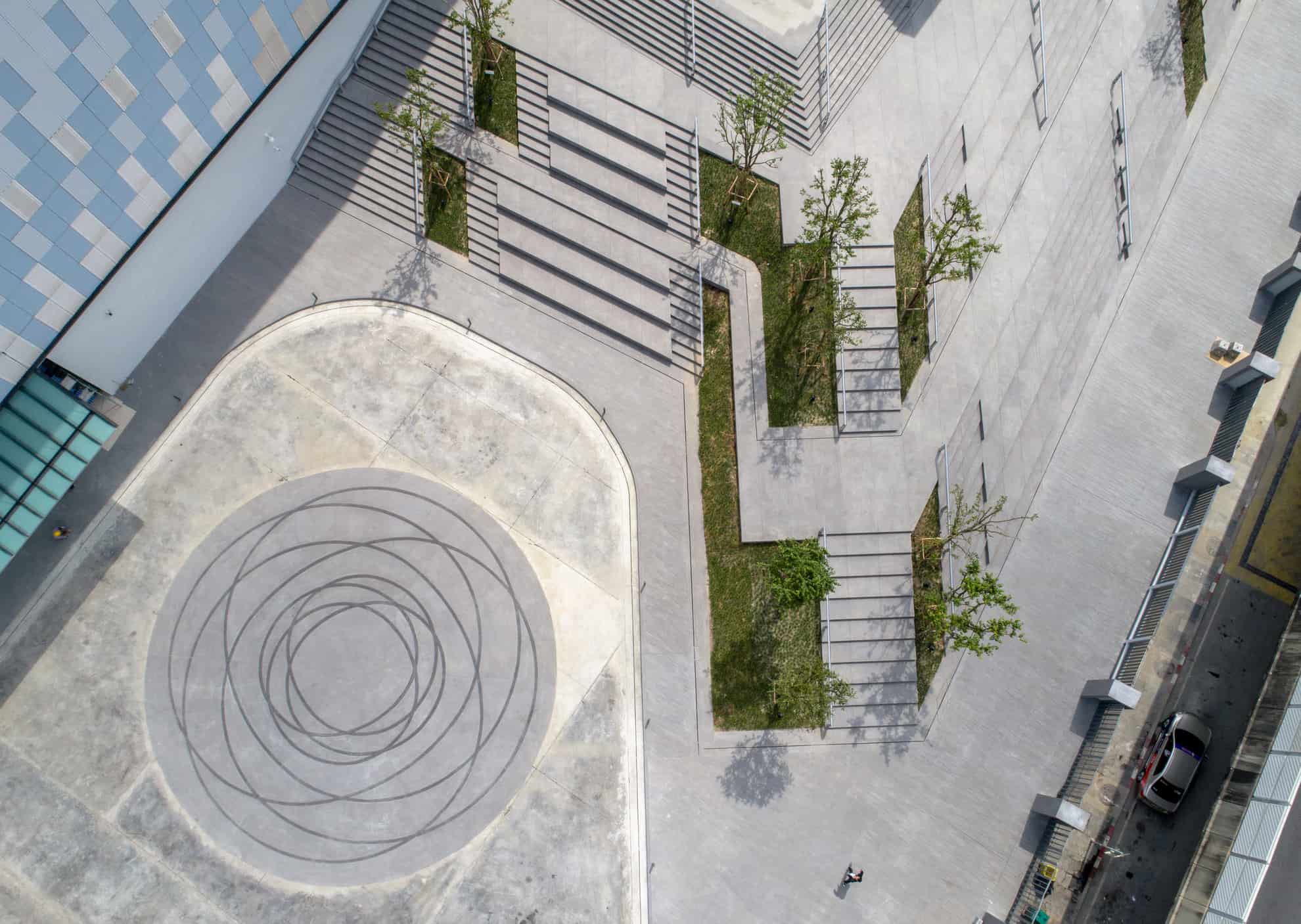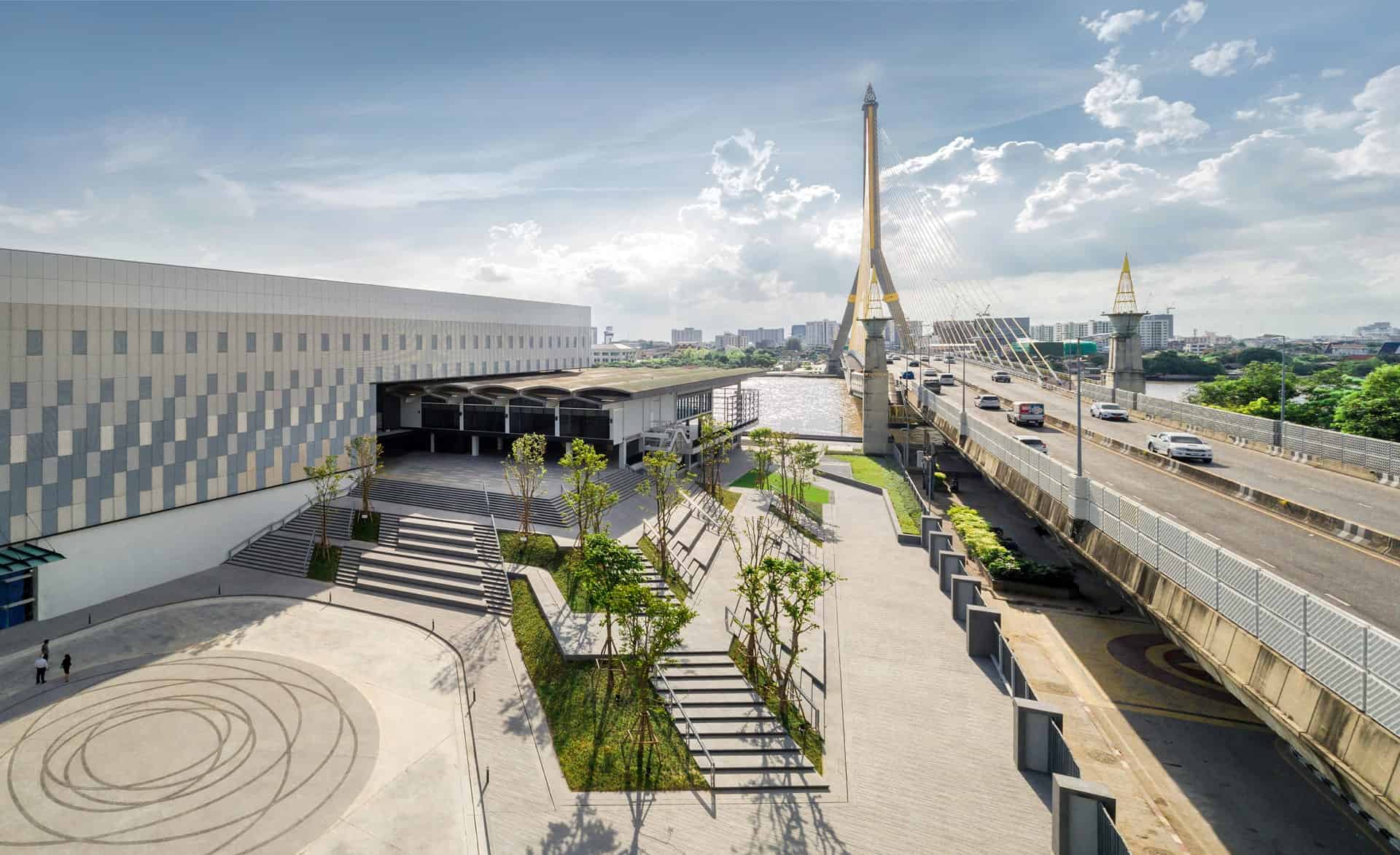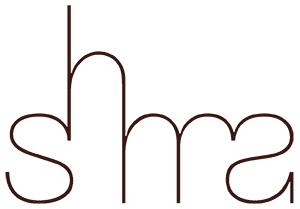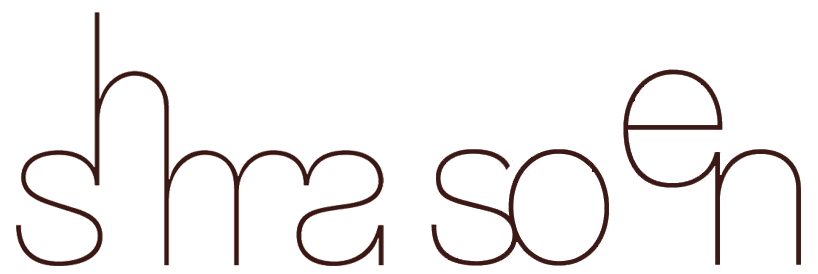
Project Information
Name of Project: Bank of Thailand Learning Center (BOT)
Client: Bank of Thailand.
Category: Institution
Location: Bangkok, Thailand
Design Period: 2015-2016
Completion Year: 2017
Site Area: 6400 SQ.M.
Collaborators: Creative Crew Ltd., Architectkidd Ltd.
Photographer: Wison Tungthhunya , Panoramic Studio
Awards: –


This creative learning and recreation center of Thailand will be a new platform in order to closely “support” the communication with the society in a friendly manner and to interact more with every sector by which this will concern 5 topics as follows
1. Connect to the city
This creative learning and recreation centre of Thailand must not be just building for activities, but it must be a new public “place” of the city merging harmoniously into the lifestyle of the people/ community as a factor that makes people’s lives better. It is a place that is not only beneficial to the Bank of Thailand, but it also benefits the overall society in which this is also a main principle of the organisation. Its task is not only to be a learning centre and a museum, but this learning centre acts as a public square for interaction and meeting of the people, a transferring point for land, water and bicycle transportation, contemporary cultural activities, and a scenic point of the city. The construction of this “place” is not just to create a relationship between the organisation and the people, but it will create the sustainability of the “place” where the people will participate together in the construction, protection, and maintenance.


2. Connect to the history
With the valuable and long history of Bank of Thailand, the original building still stands elegantly next to “Bang Khun Phrom Palace”. This new learning centre will bridge to the past and emphasise distinctively on the value of the history to be seen more by the people both in daytime/ nighttime aspects also connecting to space.
Moreover, this first note printing building of Thailand also has the architectural value in the modern time reflecting the actuality in the use of structure, materials, and proportion that are simple and reasonably. This will be resurrected in response to the contemporary and future use with respect principally to the history and old spirit of the building.
3. Connect to green space
Constructing of organisation and learning of economic stories, BOT can occur everywhere; for instance, the outside area is also being an outdoor learning space creating thought exchanges between the people through the culture — the space under the building; staircase, walkway next to the lawn, and an area between buildings.



- Connect to the learning space
A characteristic of the space that stimulates the best creative learning is a characteristic of the space that is not formal but must be friendly and relaxing without a fixed pattern. It must also be flexible to the change of use in the future suitable. This concept may be seen in areas such as markets, public parks, and playgrounds.
Creative learning using the arrangement of space and furniture to stimulate the knowledge and interaction and create a variety of group meetings without inflexibility which combines Information Technology as an element of the space by maintaining the material characteristic of the old building as an evidence to tell the stories of the building and history.
The museum in the “Mankong room” area is designed to create a credible image of the organisation, “Stand upright with vision” as the main national economic principle. This will be reflected through the wall materials, use of light, and stories told inside.

5.Connect to nature
The building in the present and future must answer the challenge of the environment and the demand for energy for building management sustainably in the long term. Light channels are created to receive more natural light combining with sunscreen in suitable areas to limit the amount of light from the west. Ventilators can create to ventilate naturally in the staircase area, elevator hall, multi-purpose space, and under the building which allows the wind from Chao Phraya River to bring in the humidity to the building and the area inside. Moreover, it helps to eliminate the heat from the building.
For the selection of materials for each area outside of the building, the materials must not absorb water and heat. The old eaves of the building are used, and trees are used to provide shade in the open area outside of the building.


